
Georg Albrecht Meyer produced a very early oxygen rebreather for mine rescue in Austria
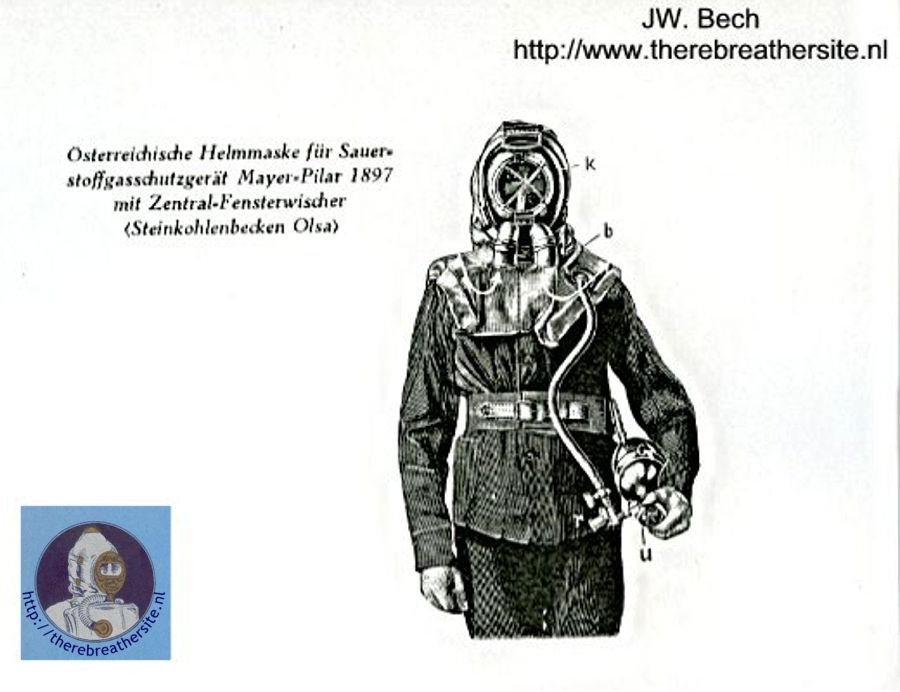
Curriculum vitae Georg Albrecht Meyer
Dr.-Ing. eh. Georg Albrecht Meyer (born 1862, died 27 October 1937 in Potsdam) was mine director in Herne from 1891-1918 and one of the fathers of modern mine rescue.
After studying mining in Berlin and Clausthal, he extended his training as a trainee miner first in Upper Silesia and later in the Westphalian mining district to complete it with a stay in the English mining districts.
In 1891, Carl Behrens, a mining councillor, became aware of him when Meyer acted in the service of the mining authorities during a mine explosion. Shortly afterwards, on 6 July 1891, he joined the Hibernia mining company and was put in charge of the Shamrock 1/2 shaft. To this end, he was assigned the house at 20 Shamrockring as his residence, which he occupied during his years of service in Herne.
At the time, the Shamrock coal mine was “one of the most endangered in the Ruhr due to heavy mine gas and frequent fires”. In combating these dangers, Meyer gained knowledge and experience in the field of rescue work for miners, to which he devoted his dedication and energy from then on. The practicality of gas protection equipment still encountered great doubts at that time, and he was one of the first in Germany to realise its importance and worked to improve it.” [1]
As a further development of the Walcher – Gaertner pneumatophore developed as a self-rescuer, the Shamrock type pneumatophore was marketed in 1897/1898. This was modified and significantly improved by Meyer as a working device. However, both devices (Mayer-Pilar and Shamrock 1897) were of limited use, as the pendulum air carried the danger of carbon dioxide poisoning. […] With the further development of the gas protection device Shamrock 1897/1898, Meyer launched the new oral respirator Shamrock 1902/03. [2]
As one of the first instructions on mine rescue service, he wrote an “Instruction on the Formation and Maintenance of Rescue Teams for the Coal Mines of the Hibernia Mining Company” in 1899, which served as a model for numerous domestic and foreign instructions of this type.
Following his ideas and suggestions, the “Hauptstelle für das Grundenrettungswesen” was founded by the “Verein für die bergbaulichen Interessen” in Essen in 1910.
He played a special role in the Courrières mine disaster by leading the rescue teams from his Shamrock mine, reinforced by other rescuers from the Rheinelbe mine.
As company manager, Meyer had promoted the development of the Shamrock 1/2 and later Shamrock 3/4 coal mines under his management such that the number of workers almost doubled between 1891 and 1914, partly due to the sinking of several shafts.
At the end of 1918, Meyer left the service of the Hibernia mining company, which was nationalised shortly afterwards after 28 years of service.
Source: Historische Verein (Janik) Herne /Wanne-Eickel, Wiki der Herner
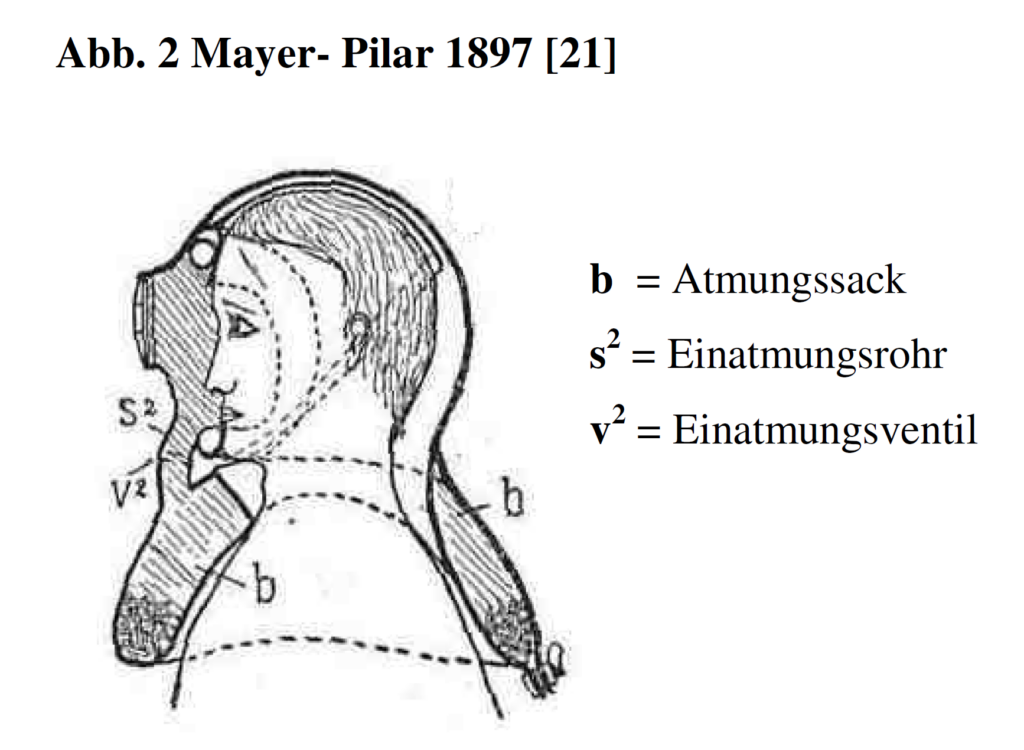
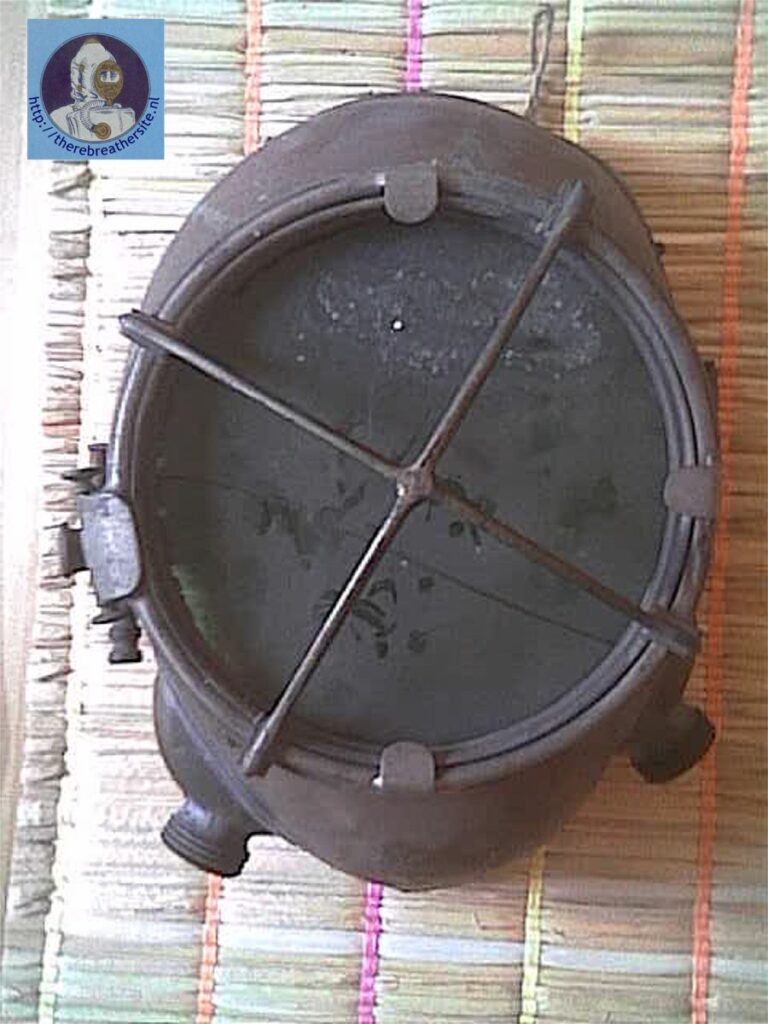
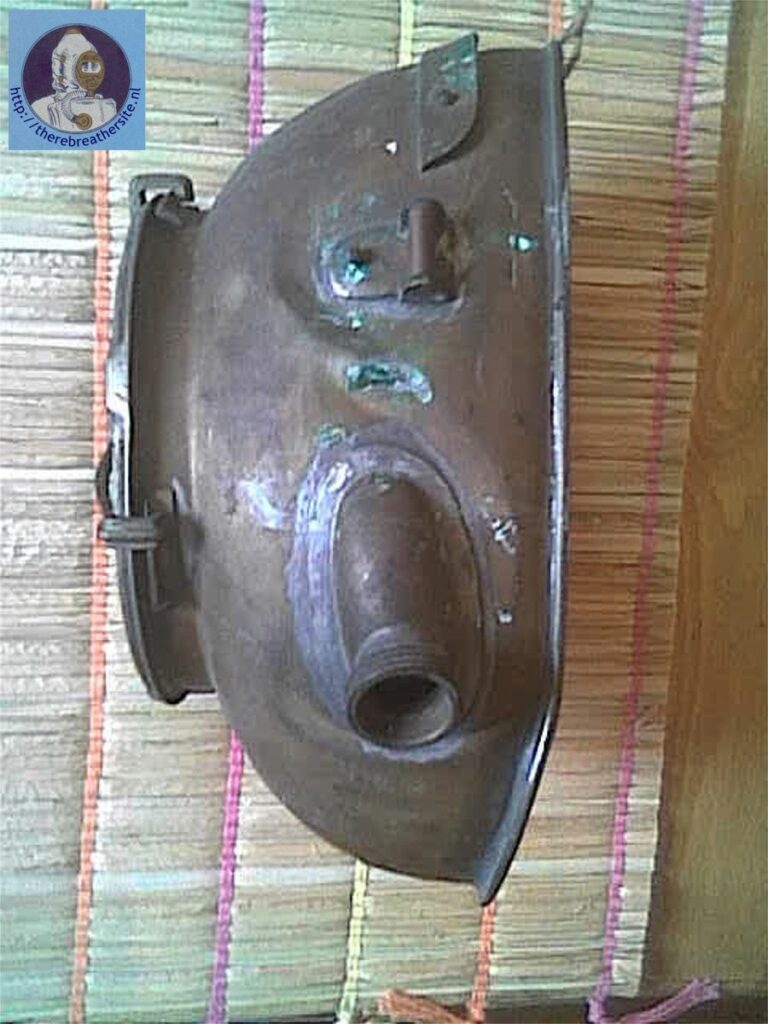
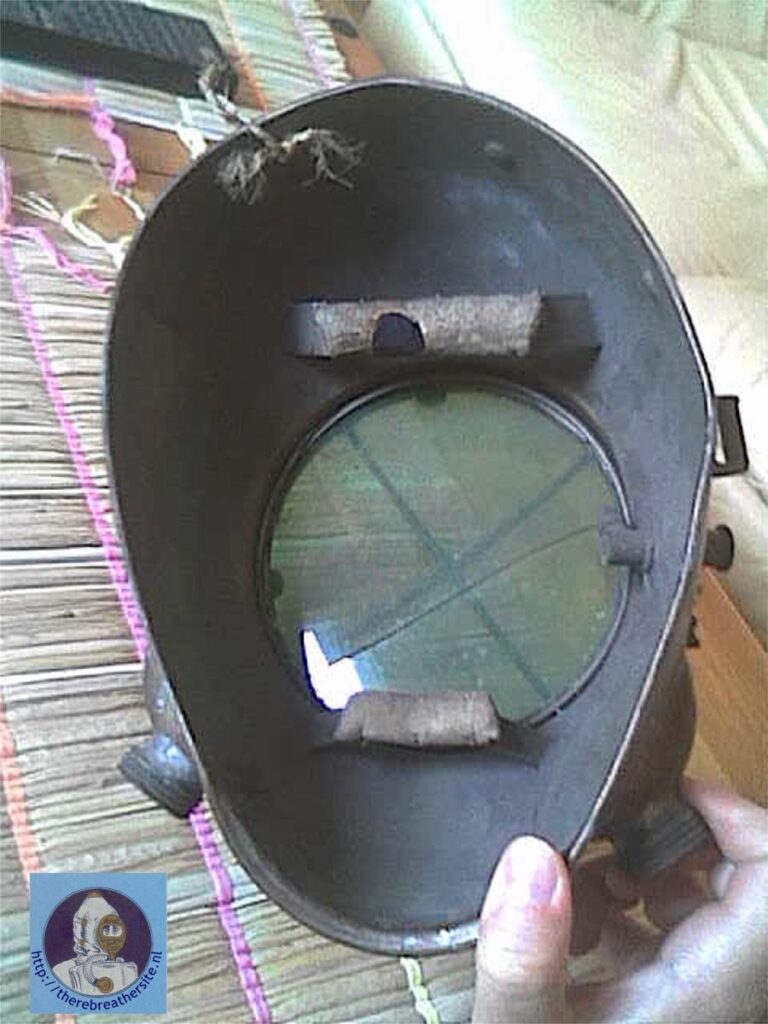
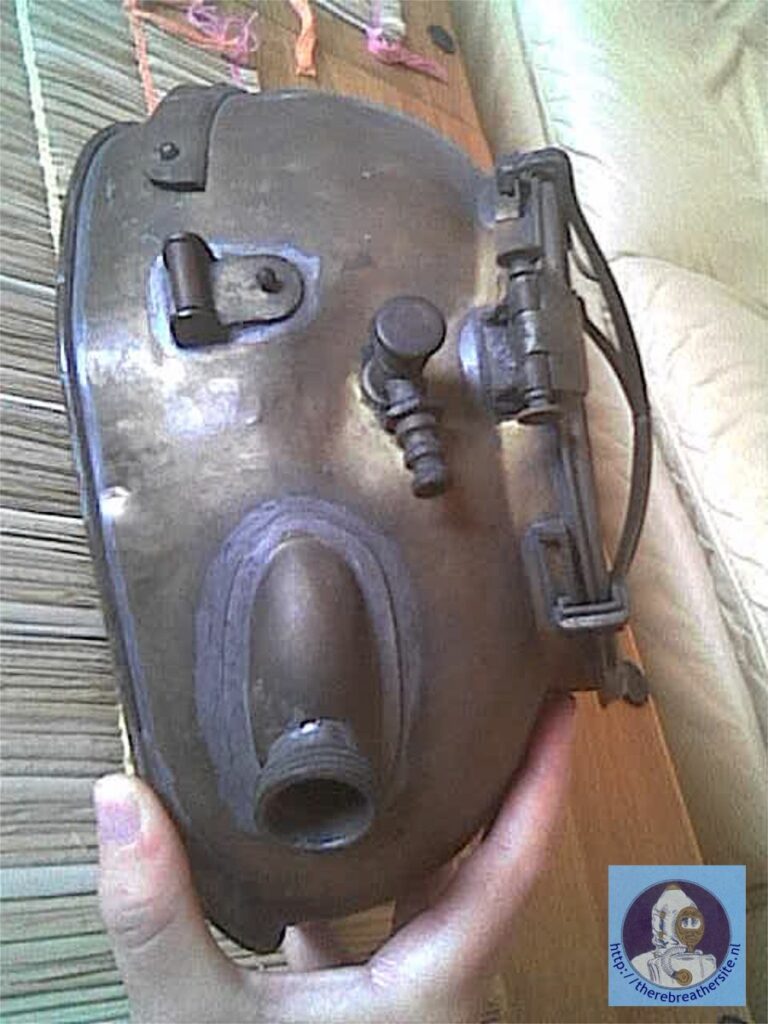
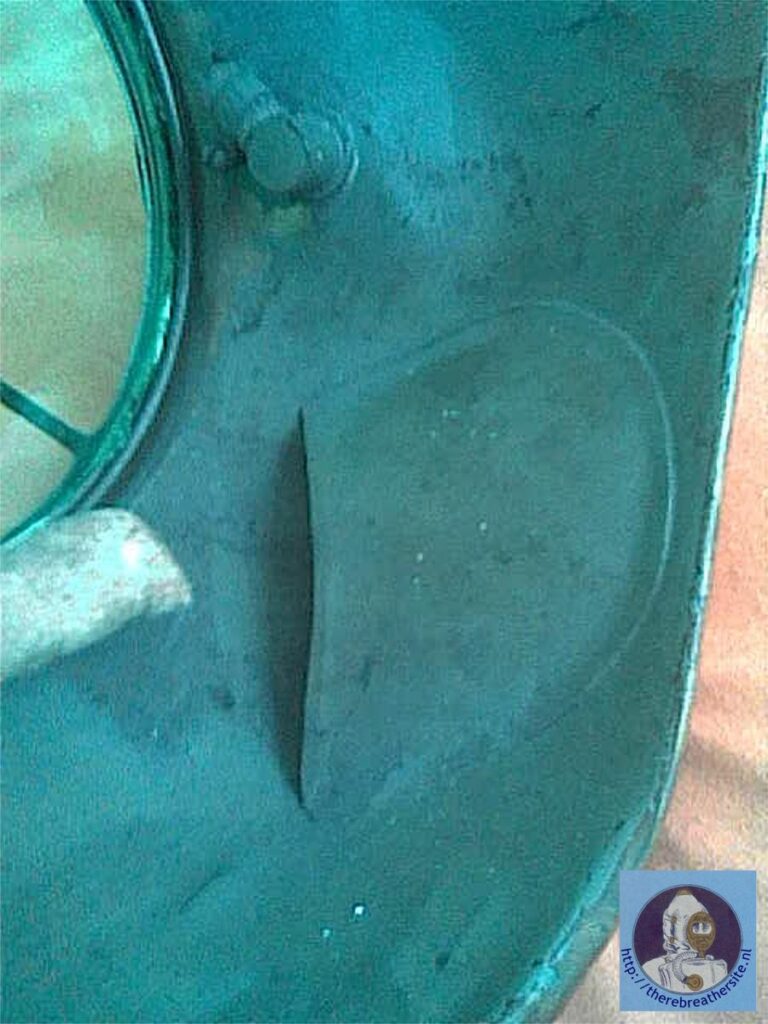
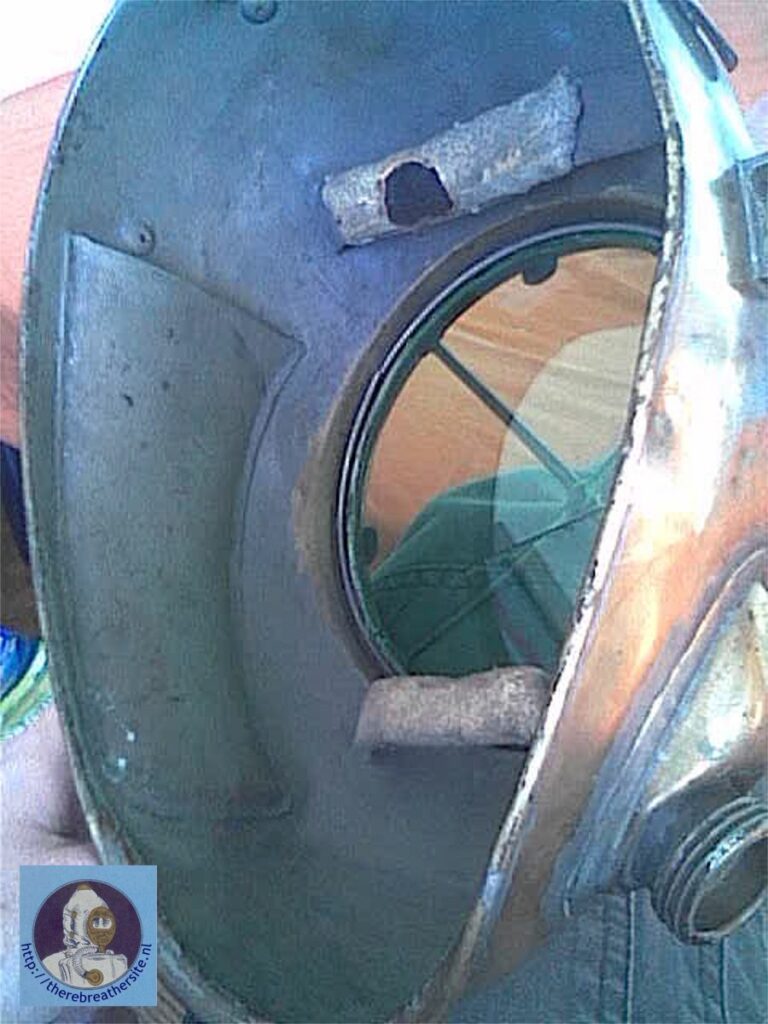
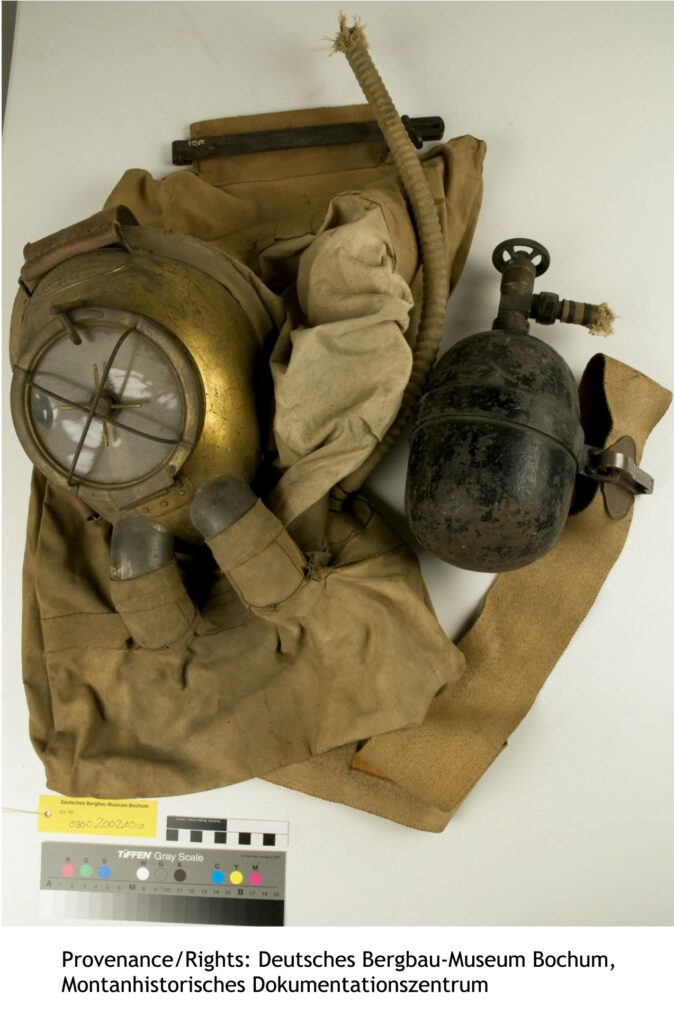
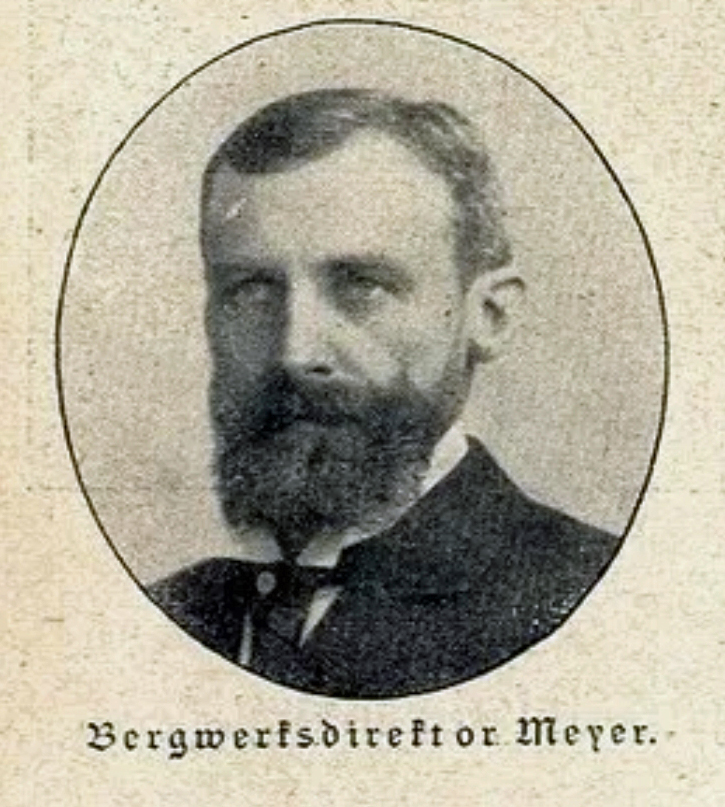
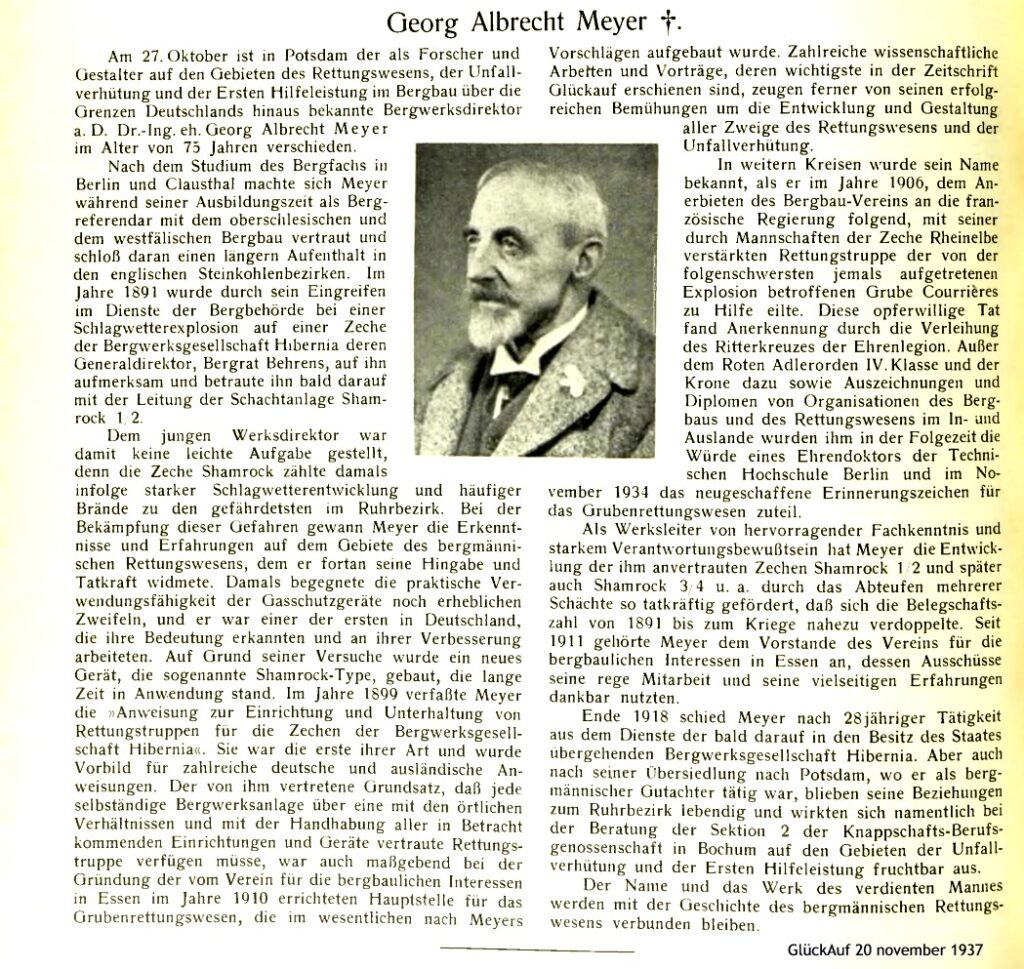

Therebreathersite was founded by Jan Willem Bech in 1999. After a diving career of many years, he decided to start technical diving in 1999. He immediately noticed that at that time there was almost no website that contained the history of closed breathing systems. The start for the website led to a huge collection that offered about 1,300 pages of information until 2019. In 2019, a fresh start was made with the website now freely available online for everyone. Therebreathersite is a source of information for divers, researchers, technicians and students. I hope you enjoy browsing the content!
